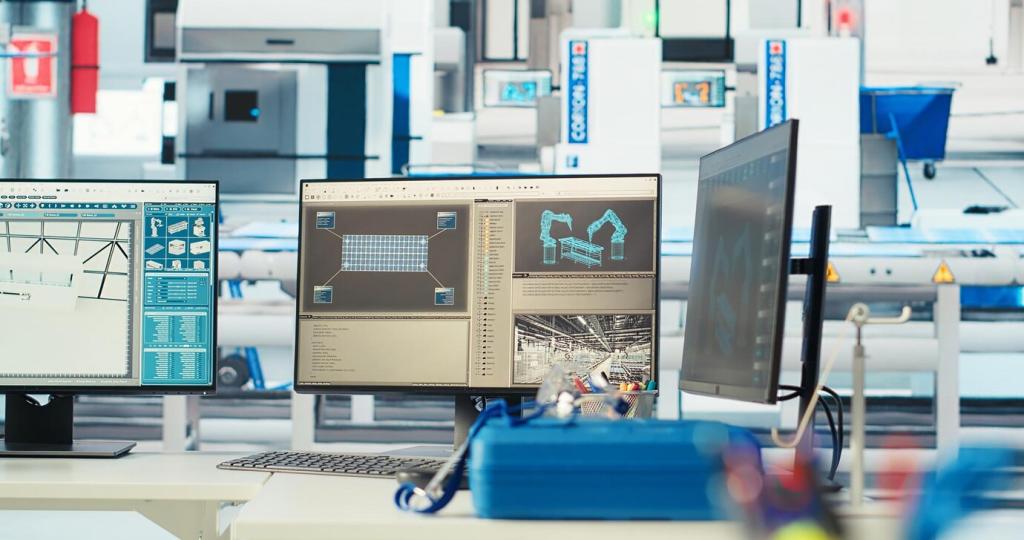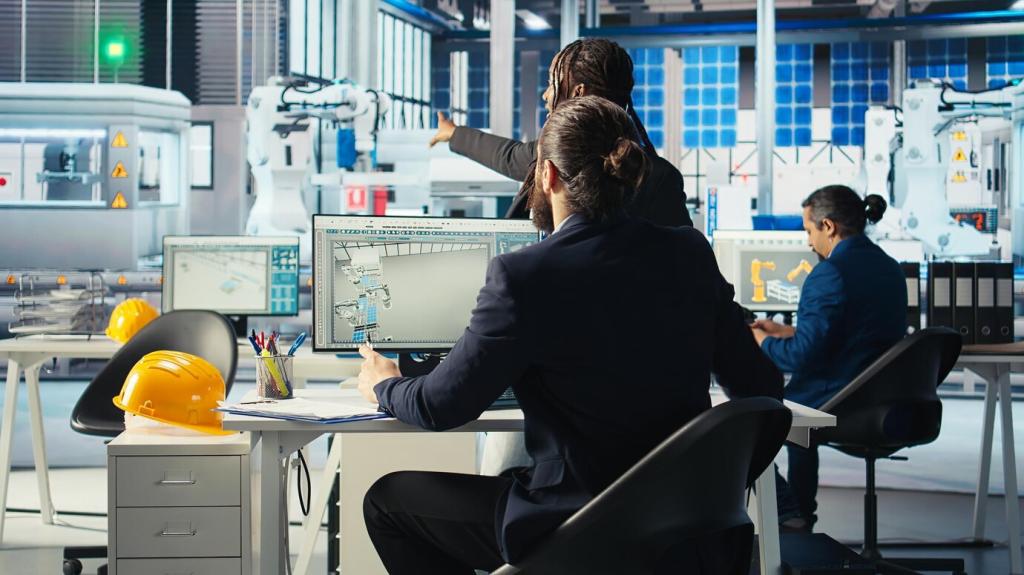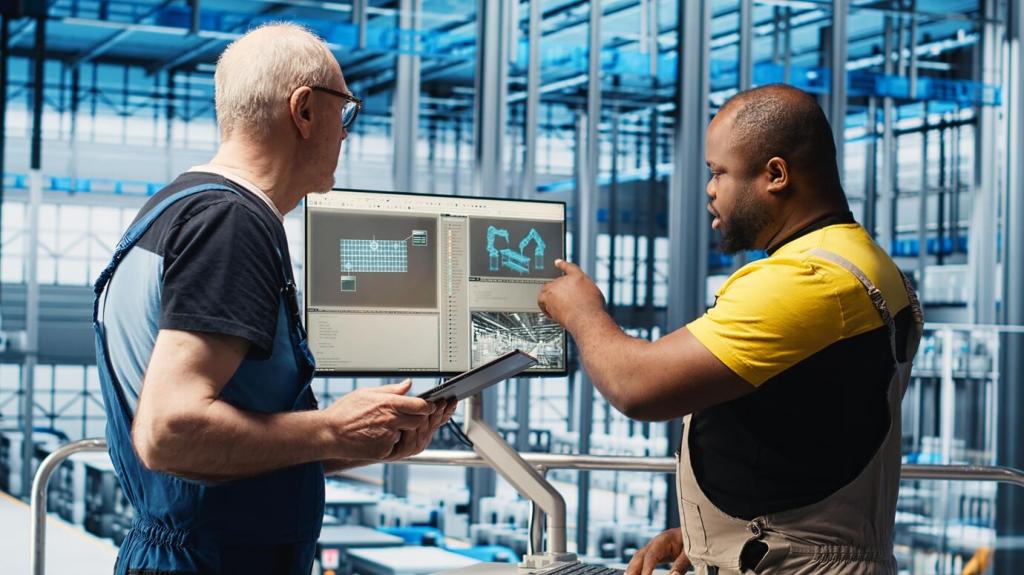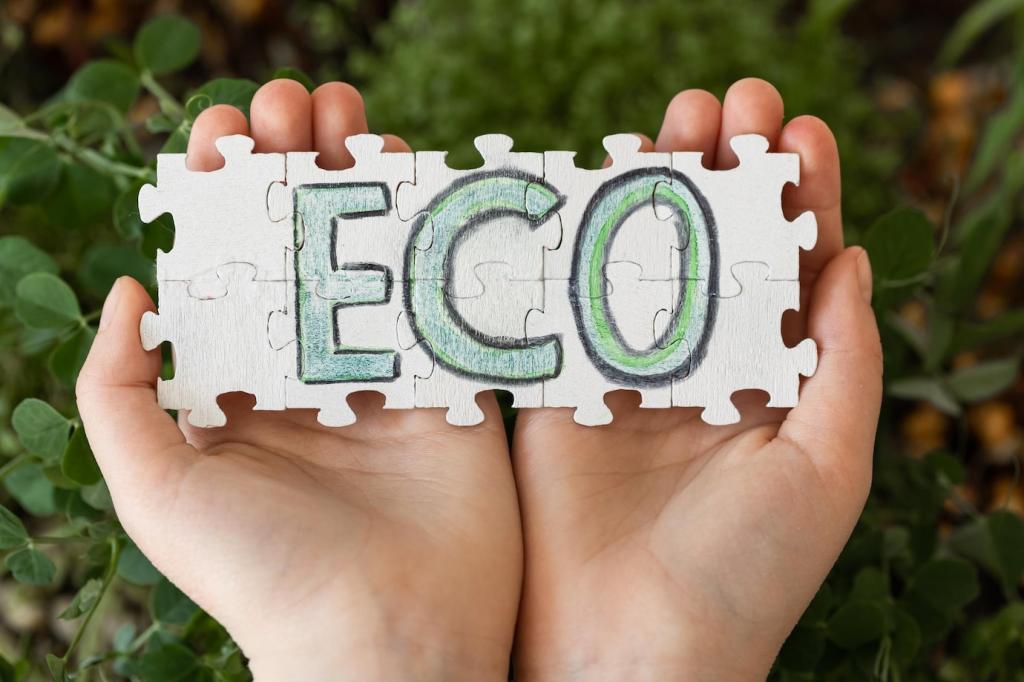Construction with a Conscience: Prefab, Modular, and Low-Impact
Prefabrication delivers components with tight tolerances, less waste, and safer working conditions. On-site, modules click together quickly, shortening neighborhood disruption and noise. This predictability helps projects hit energy targets because details—air barriers, insulation continuity—arrive consistent and verified from the factory floor.
Construction with a Conscience: Prefab, Modular, and Low-Impact
Automation reduces material excess and repetitive strain injuries, while 3D printing enables optimized forms with minimal material. When paired with low-carbon mixes and recycled aggregates, printed components can cut impacts further. Innovation here is practical: lighter, smarter parts that install faster and last longer.








